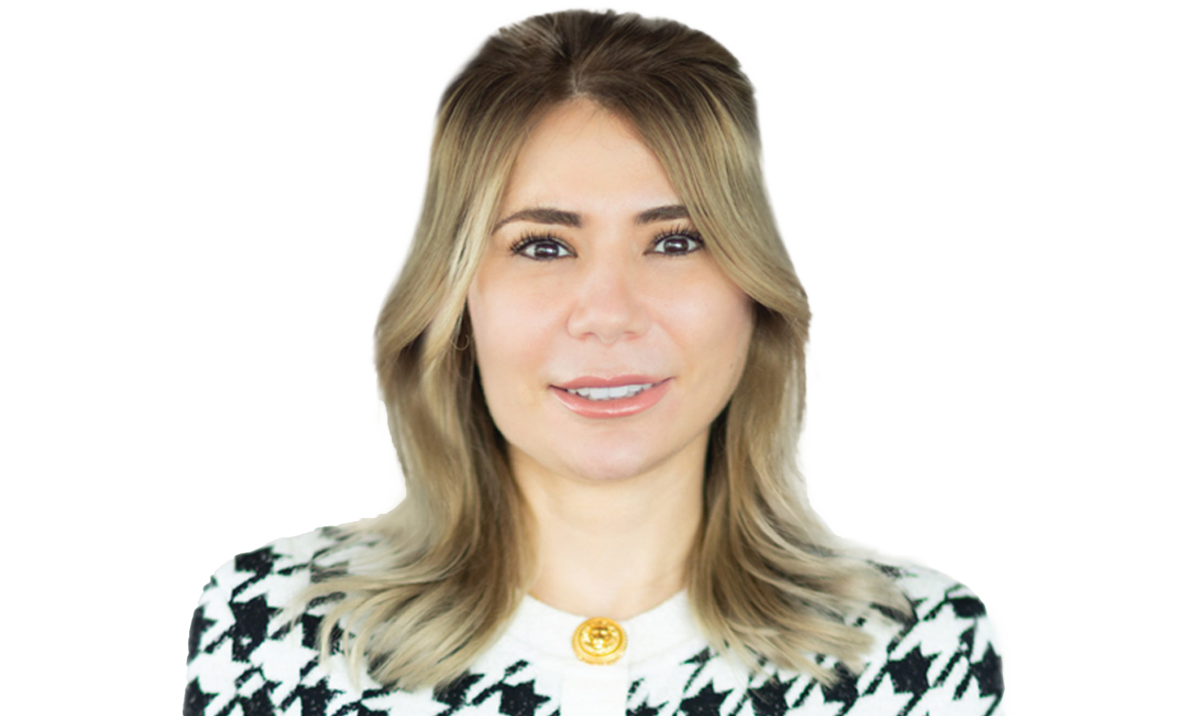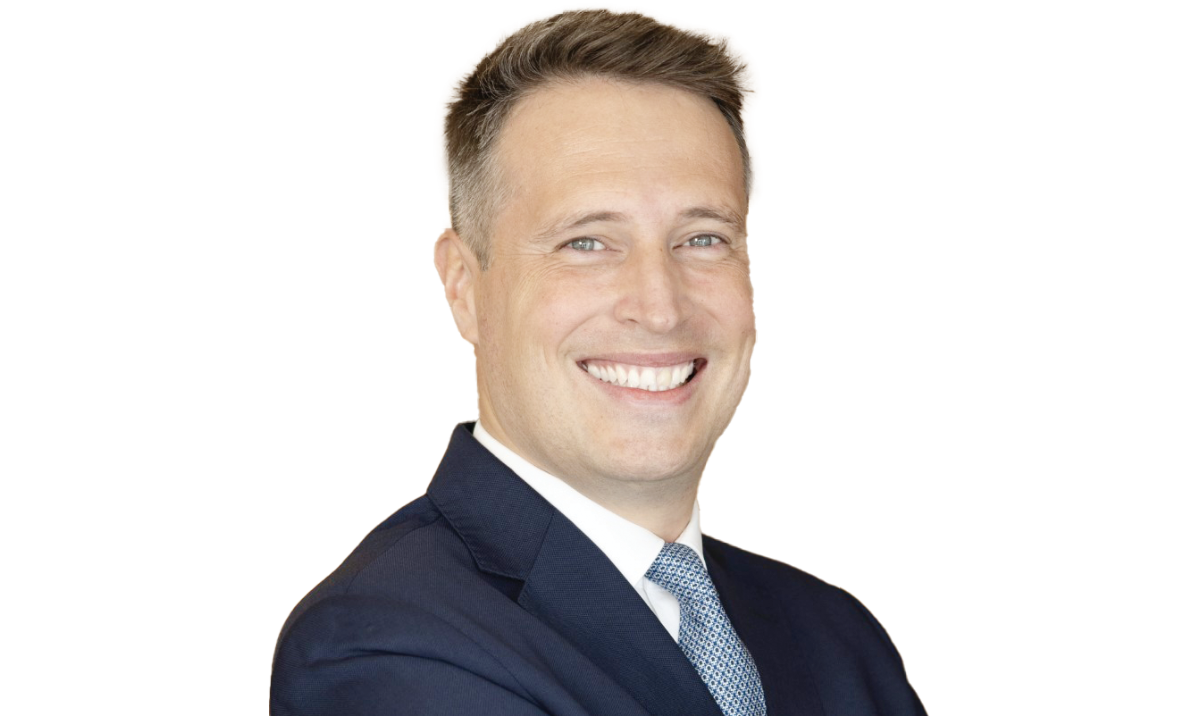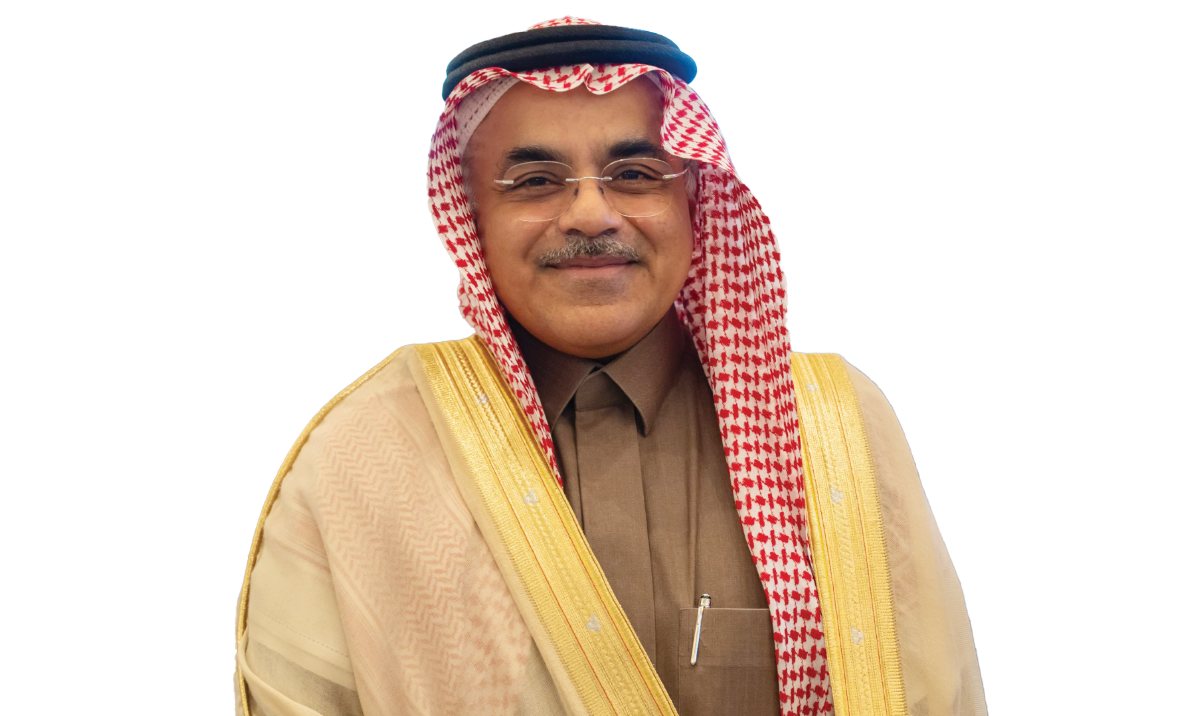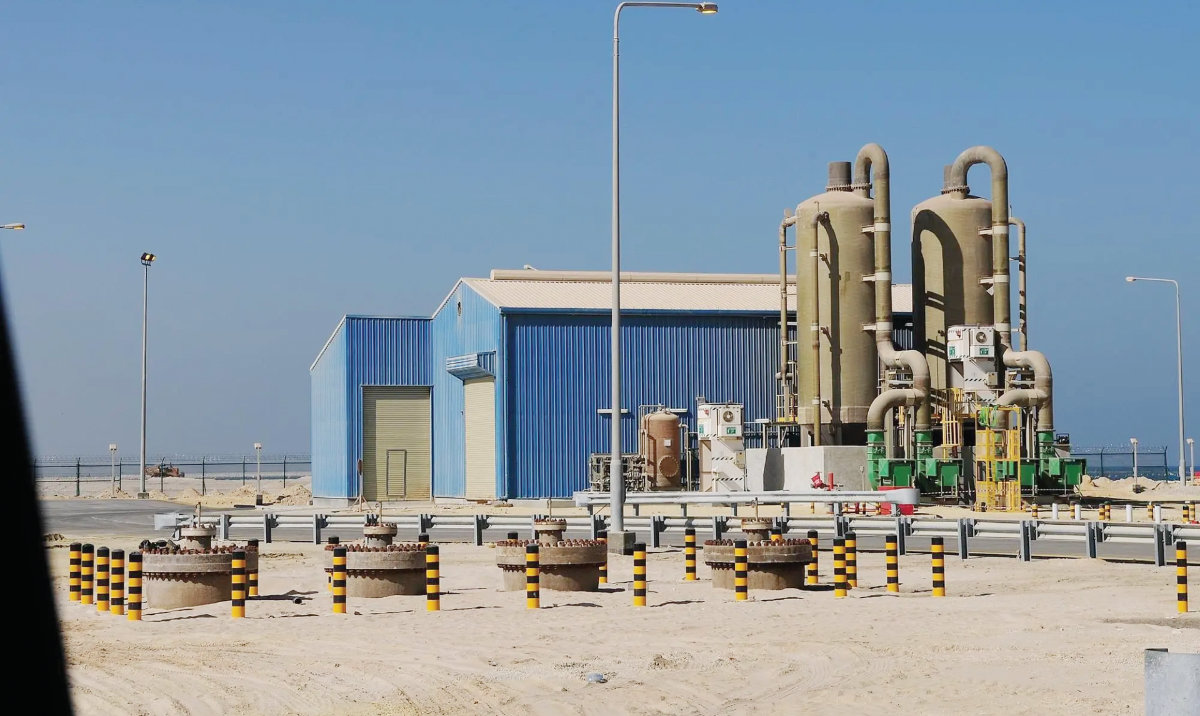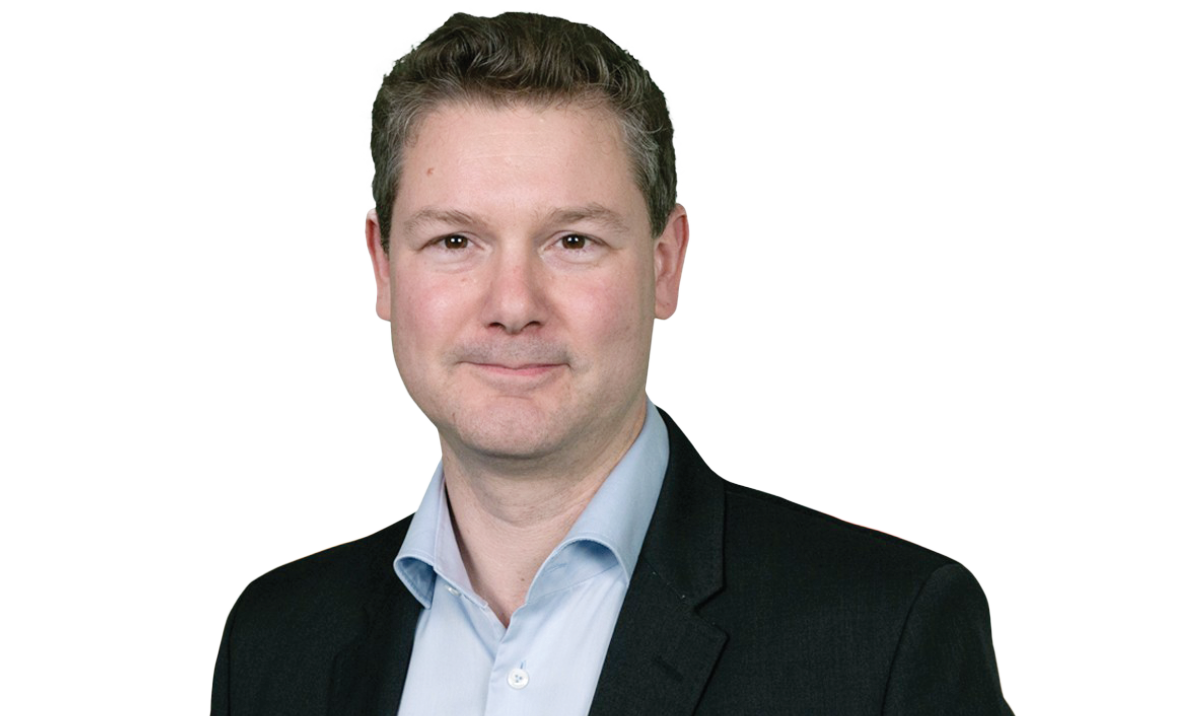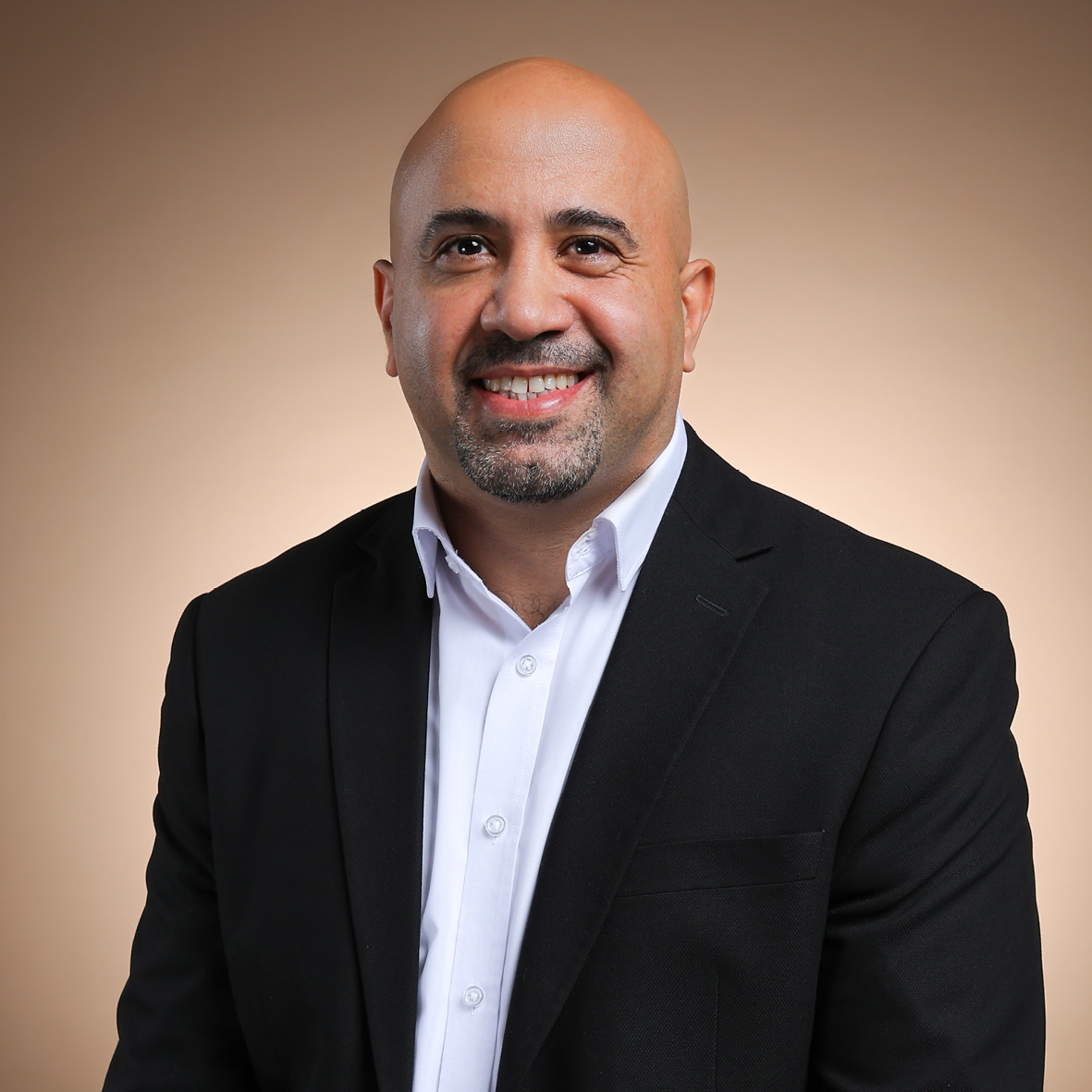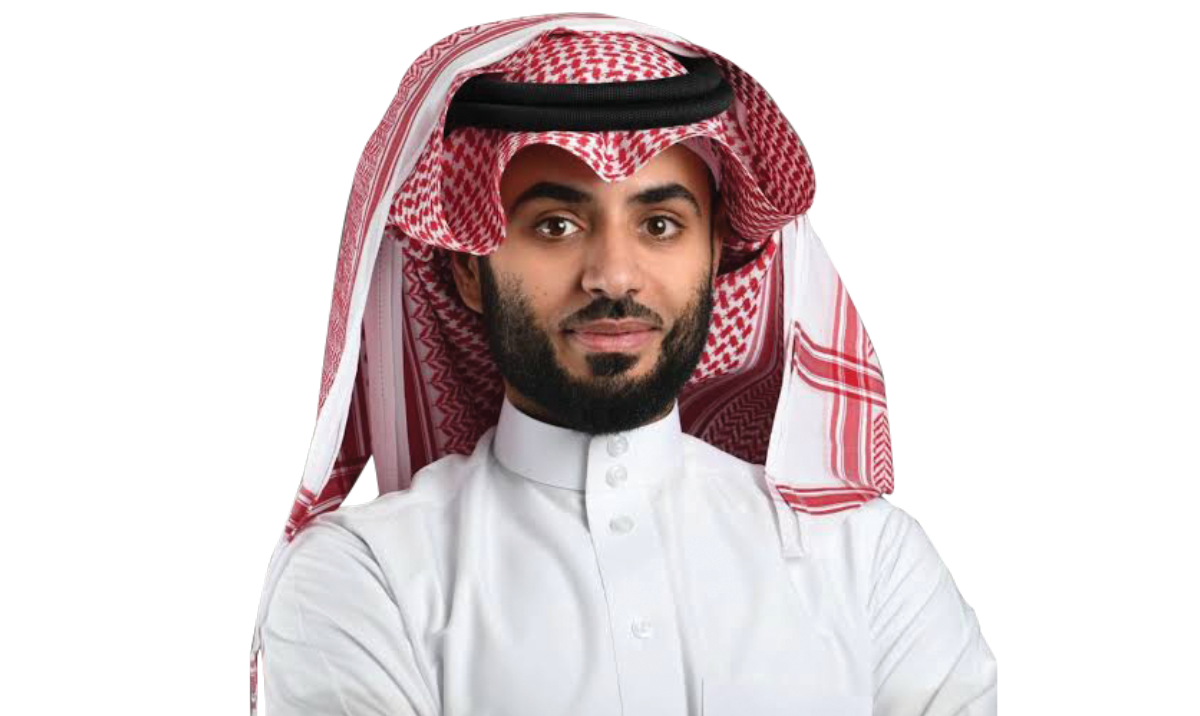RIYADH: By breaking down geographical barriers, the metaverse — a digital space that uses virtual and augmented reality — is set to foster unprecedented levels of collaboration and connectivity.
From how individuals work, plan, design, and build to how they shop, relax, travel, and live, it will have a significant impact on almost every aspect of life.
But that’s not all. The metaverse is also projected to become a commercial space and tool for companies and customers alike in the near future.
Zooming into the Middle East region, the metaverse has significant potential to revitalize and transform key sectors. More importantly, it aligns with several objectives of Saudi Vision 2030, particularly in diversifying the economy and enhancing the quality of life in the Kingdom.
According to a recent report released by management consulting firm strategy& titled “A Middle East Perspective on the Metaverse,” the 3D enabled digital space’s potential contribution to Gulf Cooperation Council economies could reach an estimated $15 billion by 2030 of which Saudi Arabia alone is expected to grab a share of about $7.6 billion.
Allocating major investments
Saudi Arabia has also recently allocated resources to the metaverse as the Kingdom pursues ambitious digital transformation plans.
Saudi Arabia’s $500 billion giga-project NEOM has a metaverse component that already is being used to develop the city by informing the construction sector on the progress on the ground and providing architects, engineers, designers, and others with ways to collaborate and customize aspects of the project for real estate clients, the strategy& report revealed.
There is no doubt that the adoption of metaverse across industries in Saudi Arabia and the wider region will create new opportunities for individuals and businesses.
It will also allow users to engage in economic activity in a more decentralized and open way, thereby speeding efficiency across the many sectors.
According to Priyanka Sharma, associate partner, Bain & Co. Middle East, metaverse adoption will “increase access and scale of offerings, experiences, transcending demographic and geographic boundaries.”
This includes virtual events as well as immersive travel experiences.
Metaverse adoption will also help “support digital content, product development, and customization,” she added.
In addition, it will “provide a virtual playground for prototyping, experimentation and research with minimal incremental budget time across use cases,” Sharma emphasized.
Enhancing operational efficiency
According to Ahmed Al-Mashhadi, CEO of metaverse-as-a-service firm VEEM, the adoption of metaverse technologies in Saudi Arabia promises to significantly enhance operational efficiency across several sectors.
“Take real estate, for example,” he said. “By utilizing our virtual tours, clients can explore near-realistic off-plan projects in detail without physical travel, saving time and resources, and boost decision making.”
Nigel Vaz, CEO of global digital transformation consulting firm Publics Sapient, went on to shed light on some of the major sectors that have potential to employ metaverse applications.
“The metaverse, as an extension of this digital evolution, presents unparalleled opportunities for sectors like entertainment, real estate, and education,” he told Arab News.
Vaz added: “These sectors can harness the immersive and interactive capabilities of the metaverse to offer innovative services and experiences, from virtual real estate tours enhancing the buying experience to digital platforms that revolutionize learning and engagement in the education sector.”
From a gaming point of view, Mario Pérez, CEO of MENA Tech, pointed out how this industry is set to take advantage of metaverse applications.
“As virtual environments become more immersive and interconnected, we anticipate that gamers in these regions will experience enhanced social interactions, more diverse gaming experiences, and increased opportunities for community engagement,” he said.
Pérez added: “While it’s still early days for widespread adoption, we’re closely monitoring developments, especially considering the rapid growth of esports in Saudi Arabia.”
The CEO went on to note that, with the construction of Qiddiya City, one of the five megaprojects in Saudi Arabia and dedicated entirely to gaming – including hosting the first World Esports Championship – the region is “poised to become a hub for gaming innovation and development.”
He continued: “Metaverse will introduce innovative dimensions such as enhanced virtual social experiences, immersive gameplay, and interactive storytelling. These dimensions have the potential to revolutionize how gamers interact with each other and the virtual worlds they inhabit, fostering a vibrant gaming culture and community.
“Furthermore, the metaverse also offers promising sponsorship opportunities for brands to participate in various immersive experiences and create their virtual environments, allowing them to engage with consumers in novel and impactful ways.”
Pérez went on to shed light on how MENATech Entertainment, the regional division of GGTech Entertainment, has been actively exploring metaverse applications within its projects.
“As part of Amazon University Esports, which combines gaming competitions with educational activities and professional opportunities for university students, GGTech conducted its first pilot test last season with University World, a virtual environment designed to bring together participants from the EMEA (Europe, Middle East, and Africa) region,” he revealed.
The CEO added: “A significant advance is the experience gained from the creation of University World in the development of eWorlds, a multiplayer 3D platform game developed by GGTech Studios, the development arm of GGTech Entertainment.”
Other than gaming, there are several other sectors that will also be able to utilize the metaverse for their own benefit.
“Virtual property tours will allow potential buyers to explore properties in a comprehensive, virtual environment,” Joachim Allerup, expert partner in innovation and design, Bain & Co., told Arab News.
He added: “Urban planning simulations will enable urban planners and architects to model and simulate new projects and city layouts in the metaverse including digital twins and connected systems.”
The expert also unveiled that virtual shopping malls will create next generation e-commerce.
Additionally, interactive product demonstrations will offer customers the ability to explore and interact with products in a 3D virtual space, he pointed out.
Furthermore, Husam Yaghi, World Metaverse Council member, told Arab News that “tourism and education will benefit the most from metaverse applications in Saudi Arabia and the wider region.”
Aligning with Vision 2030 goals
Vaz underlined that the spate of developments in the metaverse sphere “align seamlessly with the ambitions of Saudi Vision 2030, which aims to diversify the economy, foster cultural and entertainment sectors, and build a knowledge-based society.”
He continued: “By integrating metaverse technologies, Saudi Arabia can advance its economic diversification, cultural enrichment, and educational transformation goals.”
Vaz also emphasized how his consulting firm Publics Sapient is committed to partnering with Saudi businesses and the government to navigate this digital transformation journey.
“Leveraging our global expertise and local insights, we aim to support the development of the metaverse ecosystem in the Kingdom, ensuring it contributes to the realization of Vision 2030 and positions Saudi Arabia as a leader in digital innovation on the global stage,” the CEO informed.
For his part, Pérez reiterated how the metaverse has the potential to align with Saudi Vision 2030 in several ways, particularly in advancing the goals of diversifying the economy, fostering innovation, and promoting digital transformation.
“One example is in the area of entertainment and tourism. As Saudi Arabia seeks to develop its tourism sector and become a global entertainment hub, the metaverse can provide virtual experiences that showcase the country’s cultural heritage, landmarks, and attractions to a global audience,” the CEO said.
He added: “Virtual tourism initiatives could complement physical tourism efforts, attracting visitors and generating revenue while promoting the cultural richness of Saudi Arabia.
“Also, the metaverse has the potential to enhance education and training initiatives in line with Saudi Vision 2030’s emphasis on human capital development. Virtual learning environments can provide immersive educational experiences, interactive simulations and collaborative platforms for students and professionals to acquire new skills and knowledge.”
For his part, Yaghi said: “Saudi Arabia sees the metaverse as a key player in achieving its Vision 2030 goals and has created Saudi Arabia’s Center of Excellence for the metaverse. AI-Powered Metaverse for Riyadh Expo 2030 and Metaverse for K-12 Education are both examples of how the metaverse contributes to the Saudi Vision 2030.”
Allerup added: “The metaverse and associated technologies have the potential to cater to all pillars of the Saudi Vision 2030 given the variety of use cases and their impact across multiple sectors.”
Reskilling the workforce
When it comes to the labor market, it seems that current market data is not accurately reflecting the full picture just yet in terms of the unprecedented growth in projects related to the metaverse.
By all accounts, it is most likely that the current workforce will need reskilling. This is the process of teaching an employee new skills to boost and elevate proficiency whether for their current job or for a more advanced position.
“In the light of metaverse and mixed reality we can expect that almost all sectors will see the need for new capabilities. New ways of working, collaborating in virtual environments, proficiency with new age and ever-evolving tools/software, coding and development of digital assets will require everyone to reskill to leverage the opportunities of virtual worlds and mixed reality,” Sharma concluded.









